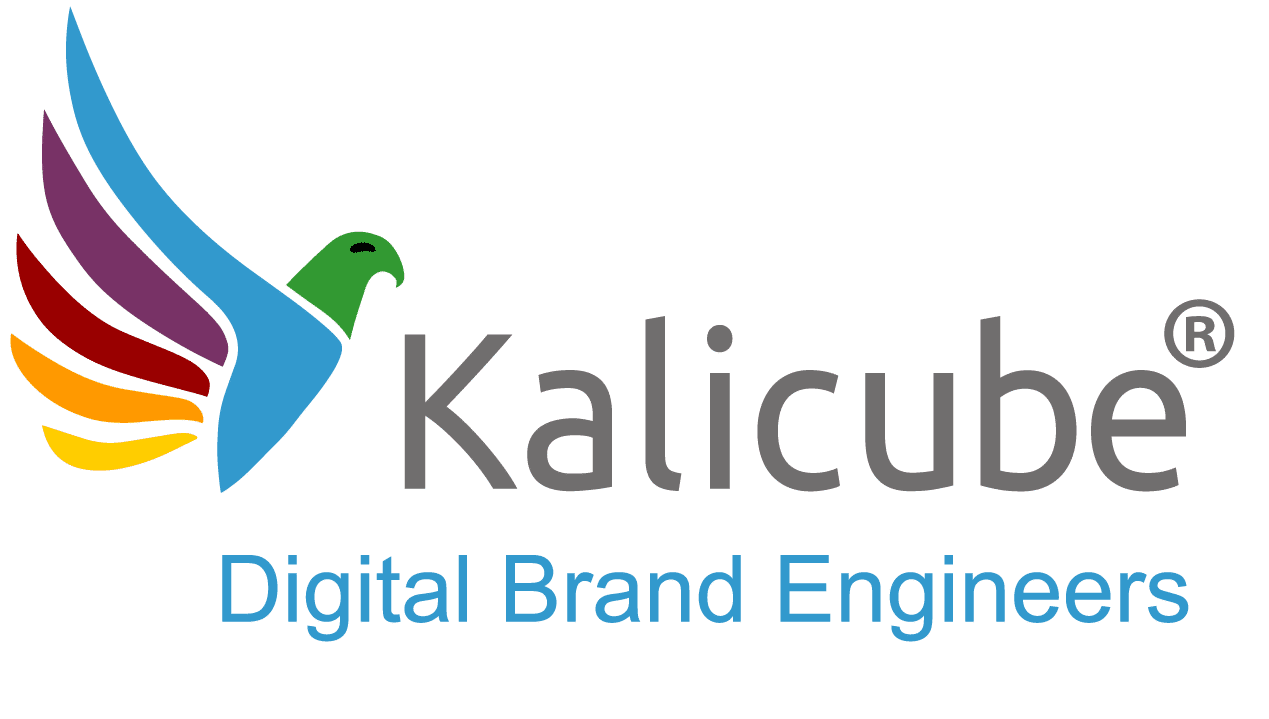Google Knowledge Graph Algorithm Updates and Volatility

What is Google’s Knowledge Graph?
Google’s Knowledge Graph is a machine-readable encyclopedia of facts Google understands about the world. Google has multiple knowledge graphs, including Google Maps, Google Books, Google Scholar, and the Main Knowledge Graph. People referring to Google’s Knowledge Graph typically mean the Main Knowledge Graph, which at Kalicube we refer to as the Knowledge Vault.
Google uses the Knowledge Graph to organize and access information based on Entities and their attributes and relationships to other Entities. An Entity is something identifiable and definable, like a thing, person, place, or concept. Entities in Google’s Knowledge Graph have a Universal Resource Identifier or KGMID. The Knowledge Graph allows the algorithm to identify real-world relationships between Entities and produce search results that match the context and meaning behind a search intent instead of matching keywords to keywords.
Google uses the Knowledge Graph to enhance its Search Engine Results Page (SERP) with information boxes called Knowledge Panels. Knowledge Panels appear on the right-hand side of the screen of a desktop search or at the top of a search on mobile. Google’s Knowledge Graph is a knowledge base like Wikipedia but much more extensive. Wikipedia has 50 million articles. Google’s Knowledge Graph contains over 1,500 billion Entities in 2023.
How Often Does Google Update Its Knowledge Graph Algorithm?
Google updates its Knowledge Graph Algorithm every July and December and sometimes March, with little ripples every 2 to 3 weeks, and the algorithm update impacts 60 to 80% of Entities. Google Knowledge Graph updates consist of three things.
- Algorithm tweaks
- An injection of curated training data
- A refresh of the dataset in the Knowledge Graph
Kalicube has been monitoring the algorithm updates since 2015 using Kalicube Pro™, Kalicube’s proprietary software. Kalicube Pro provides insights into the algorithm’s behavior, the volatility of entity confidence scores, and how brands are able to leverage the Knowledge Graph to ensure Google knows, likes, and trusts the brand.
Kalicube provides insights into Knowledge Graph updates, such as The Budapest Update 2019, which began ranking Entities based on result Scores or Salience Scores and the number of Entities returned for a query in Google’s Knowledge Graph API increased significantly.
The Budapest Update affected Salience Scores, and changes are listed below.
- Salience scores for Person Entities increased five-fold.
- Salience scores for Brand Entities increased 14-fold.
- Salience scores for Brand Entities increased almost three times more than Person Entities.
- The average salience score for Brand Entities overtook Person Entities.
Read more about the Google Knowledge Graph ‘Budapest’ Update here.
The algorithm update significantly increased Brand Entities’ presence in the Knowledge Graph.

Depth of the Knowledge Vault (number of entities it contains)

The graph illustrates the fluctuating confidence score, a metric that Google plans to phase out. Starting from 2024, this measurement might lose its relevance in gauging Knowledge Vault activity and updates. This move parallels Google’s earlier sunset of PageRank scores - a deliberate step to limit external access to their scoring system. Google aims to prevent divulging too much about their algorithms, which could be deciphered by entities like Kalicube. Moreover, by avoiding the fixation on ‘official Google scoring,’ they opt for a more balanced approach without such metrics
At Kalicube we have an internal KaliScore™ that we also call “Brand Authority” dating back to 2015 that uses multiple signals to measure
- The solidity of an entity’s place in Google’s Knowledge Graphs (since 2015)
- The breadth, level and confidence in understanding Google has of an Entity in the Knowledge Vault (since 2020)
- NEEATT
What Are the Major Changes Observed in Recent Knowledge Graph Updates?
The Knowledge Graph Killer Whale Update in July 2023 was the most significant Knowledge Graph update since the Budapest update in 2019. The Killer Whale Update in 2023 focused on three things listed below.
- Person entity types
- Person entity type subtitles
- Traditional third-party sources
Person entity types
Person Entities in the Knowledge Graph tripled in three days from 14 to 18 July 2023.
The number of Person Entities in the Knowledge Graph increased to 20 times the number in May 2020 by September 2023, while Corporation Entities in the Knowledge Graph remained stable at approximately five times.
The July 2023 Knowledge Graph update focused on subtitles. Subtitles are a classifier for person Entities. The number of Person Entities with the subtitles “Writer” or “Author” increased by 21%. The changes Google Engineers made to subtitles suggest Google is looking to identify and clarify roles and has clearly focussed on roles that are logical candidates for E-E-A-T signals.
Source: Kalicube Pro SaaS. Kalicube Pro was tracking 26,433 corporations and 21,872 people in 2020, and our analysis in this article uses that dataset. As of 2023, Kalicube proactively tracks over 50,000 corporations and 50,000 people.
Person Entity Subtitles
The July 2023 Knowledge Graph update focused on subtitles. Subtitles are a classifier for person Entities. The number of Person Entities with the subtitles “Writer” or “Author” increased by 21%. The changes Google Engineers made to subtitles suggest Google is looking to identify and clarify roles and has focussed on roles that are logical candidates for E-E-A-T signals.
Person Entities in the Knowledge Vault without a subtitle increased sixfold (518%) after the July 2023 Knowledge Graph Update. Google increased the number of new Person Entities without subtitles and cleaned up and removed subtitles for existing Person Entity types.
57.1% of Person Entities in the Knowledge Vault had a subtitle before the Killer Whale Update. Person Entities in the Knowledge Vault with a subtitle was 16.58% after the update.
The number of Corporation and Organization Entity types with subtitles remained stable at 86.1%, indicating that the Killer Whale update was about Person Entities.
Traditional Third-Party Sources for Fact Corroboration
Google’s Knowledge Vault is built on data from manually curated, structured third-party sources such as Wikipedia, IMDB (film industry), MusicBrainz (music industry), government sites, and various sports sites. The drops in subtitles for those ontologies (classifications) are a HUGE sign that Google just “let go” of those training wheels. Google relies on the semantic relationships the algorithms build on Entities, their attributes, and associations with other Entities to curate their real-world fact base.
Person Entities triggered by Wikipedia in June 2023 were 40.9%. Wikipedia provided just 12.44% of all Person Entities in the Knowledge Vault by September 2023.
Major Knowledge Graph Updates Over the Last 6 Months
- Saturday 10 June 2023
- Saturday 17 June 2023
- Thursday 22 June 2023
- Friday 23 June 2023
- Thursday 7 September 2023
- Saturday 11 November 2023
- Tuesday 21 November 2023
How Does Kalicube Measure and Interpret Knowledge Graph Updates?
Kalicube systematically measures Knowledge Graph’s updates by analyzing a dataset of 100,000 Entities daily. Kalicube measures magnitude, amplitude, and shift.
- Magnitude. The reach or breadth is the percentage of Entities affected by a Knowledge Graph Update.
- Amplitude. The scope or height, or the change (up or down) in confidence scores on a micro, per entity level.
- Shift. The scale or depth of the change in confidence scores on a macro level.
By isolating each aspect of the updates, Kalicube offers unparalleled insights into the Knowledge Graph’s behavior, further cementing its role as a leader in the field of Knowledge Graph analysis.
At Kalicube, we track and measure the different sources of knowledge Google uses for its Knowledge Graph.
A Google Knowledge Graph Dance
Bill Slawski said Google has been playing “musical chairs” with the data, meaning the core Google Algorithms and the Google Knowledge Graph algorithm have very different needs.
Core algorithms rely on popularity, measured by the probability that inbound links lead to a website, and focus on strings of characters and words.
The Knowledge Graph puts popularity aside in favor of confidence or EEAT and relies on the relationships between Entities and the context and meaning those same words represent.
Kalicube’s continuous tracking and analysis of Google’s Knowledge Graph updates provide invaluable insights for SEO professionals and marketers.
With over 50,000 Person Entities and 50,000 Corporation Entities tracked daily, Kalicube is a pivotal resource for anyone to optimize their presence within Google’s evolving Knowledge Graph.
Book a call today to stay ahead of the curve with Kalicube’s products and expertise, and harness the full potential of the Knowledge Graph.
The Knowledge Graph is fundamental for your digital marketing efforts. Find out why.






